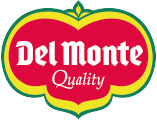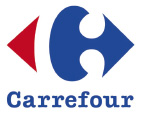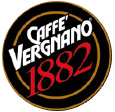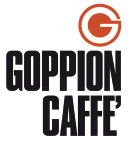To reduce the pollution? You can, starting from the packaging
Our beaches are haunted by waste. The Beach Litter survey conducted by Legambiente in 2017 brought out a shocking situation: in some shores there are up to 18 plastic objects per square meter.

Plastic is the most widespread material in the waters of our territory (84% of total waste). These objects are mainly linked to the packaging of the products we consume (caps, lids, containers for drinks and not).
The vacationer prefers disposable: in 64% of the cases are packaging of this type to be found on the beaches.
Have you ever heard of the Pacific Trash Vortex?
It is a plastic island located in the Pacific Ocean. The studies conducted by the University of California have found that it is slowly changing the balance of marine life: the sun fragments objects and plastic debris are then ingested by the fish (the same that may end up on our tables). Even the US Navy has analyzed the situation, coming to assume that the floating island waste can weigh 100 million tons. About as much as 2,000 Titanic. Unfortunately, this risks being reality even in the Mediterranean. By 2050 our sea could offer more plastic than fish (source: ENEA). The time has come to reverse course and tackle this very serious environmental problem. Consumer choice Consumers have become more sensitive when choosing products. More and more often they prefer items that can give them more guarantees. In other words, they want green products.
With these premises, even packaging must reflect particular attention to the environment. Today this can be done by limiting as much as possible the use of non-biodegradable protective films (which can be produced using petroleum) to favor other types of resources. Completely eco-compatible solutions are being studied: packaging 4.0 is made with algae, with the waste of dairy products and even with maize derivatives.
What to do to make any package your ideal packaging
The practices to obtain a green packaging include:
Use recycled and / or recyclable materials: plastic, paper, cardboard can be reused to create new products. These materials can easily adapt to the needs of your business.
Eliminate excesses: a minimalist packaging will allow you to significantly reduce waste, as well as attract the customer thanks to a simple and clean line. In addition, you can save space by facilitating the distribution process.
Going on the side of nature: sustainable packaging is increasingly used. When companies have understood the important slice of the market attracted by this type of packaging, green solutions have become the spearhead of many sectors, among which food stands out.










